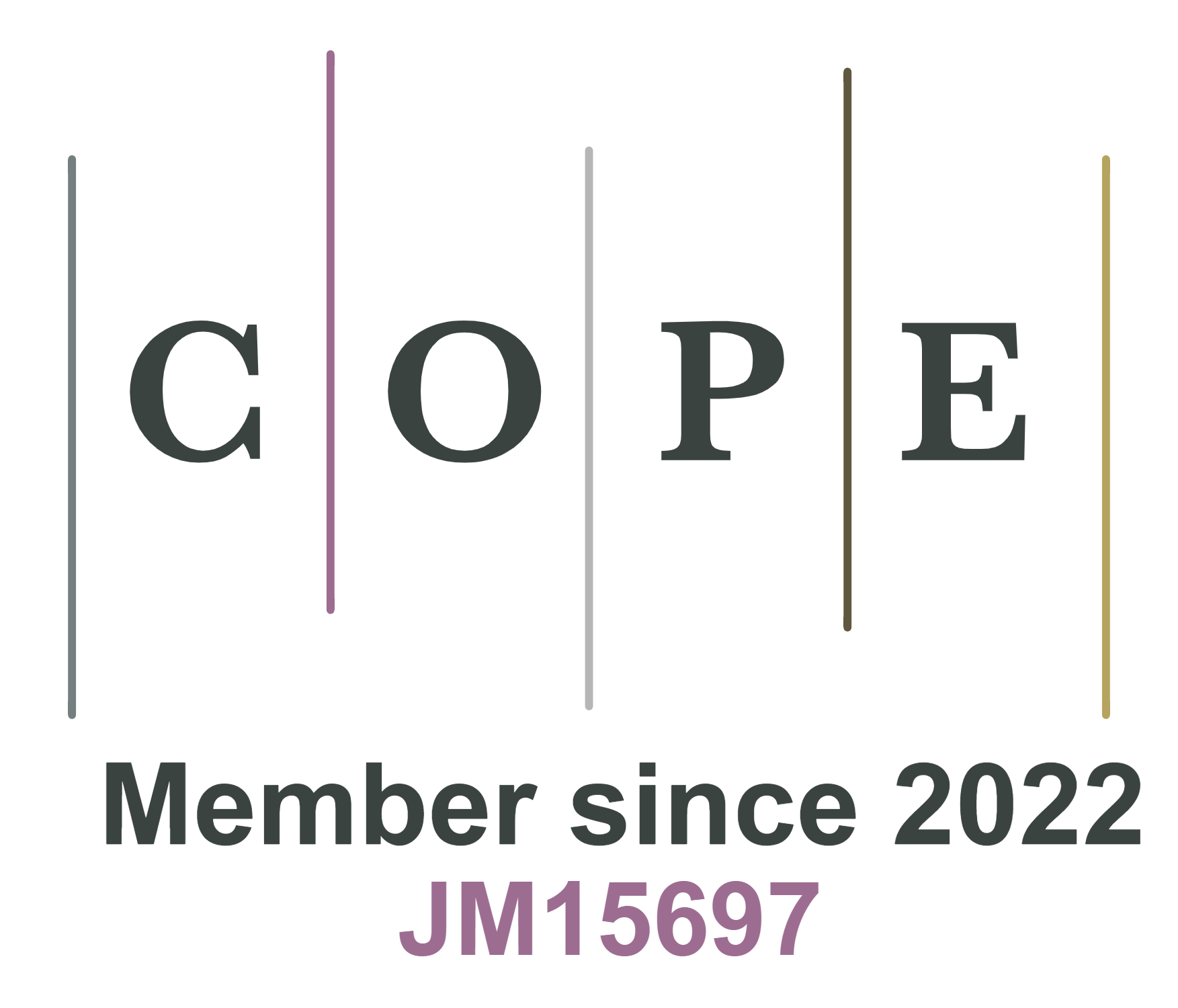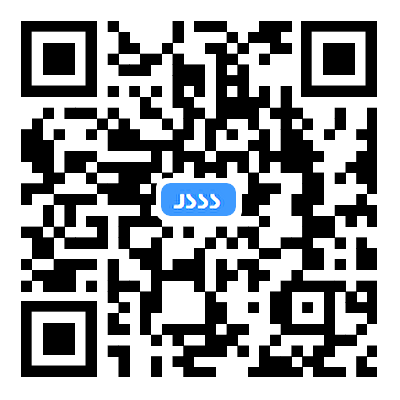REFERENCES
2. Rescorla E. The Transport Layer Security (TLS) Protocol Version 1.3.; 2018. Available from: https://datatracker.ietf.org/doc/html/rfc8446.
3. Felt AP, Barnes R, King A, et al. Measuring HTTPS adoption on the web. In: Kirda E, Ristenpart T, editors. 26th USENIX Security Symposium, USENIX Security 2017, Vancouver, BC, Canada, August 16-18, 2017. USENIX Association; 2017. pp. 1323–38. Available from: https://www.usenix.org/conference/usenixsecurity17/technical-sessions/presentation/felt.
4. Limniotis K, Kolokotronis N. Cryptography threats. In: Kolokotronis N, Shiaeles S, editors. Cyber-Secur. Threat. Actors, Dyn. Mitigation. Boca Raton, FL, USA: CRC Press; 2021. pp. 123–59.
5. Shor PW. Algorithms for quantum computation: discrete logarithms and factoring. In: 35th Annual Symposium on Foundations of Computer Science, Santa Fe, New Mexico, USA, 20-22 November 1994. IEEE Computer Society; 1994. pp. 124–34.
6. Grover LK. A Fast Quantum Mechanical Algorithm for Database Search. In: Miller GL, editor. Proceedings of the Twenty-Eighth Annual ACM Symposium on the Theory of Computing, Philadelphia, Pennsylvania, USA, May 22-24, 1996. ACM; 1996. pp. 212–19.
7. NIST. Post-Quantum Cryptography. Available from: https://csrc.nist.gov/projects/post-quantum-cryptography/post-quantum-cryptography-standardization.
8. Mosca M. Cybersecurity in an era with quantum computers: will we be ready?; 2015. https://ia.cr/2015/1075. Cryptology ePrint Archive, Report 2015/1075.
9. Bos JW, Costello C, Naehrig M, Stebila D. Post-quantum key exchange for the tls protocol from the ring learning with errors problem. In: 2015 IEEE Symposium on Security and Privacy; 2015. pp. 553–70.
10. Paquin C, Stebila D, Tamvada G. Benchmarking Post-Quantum Cryptography in TLS; 2019. https://ia.cr/2019/1447. Cryptology ePrint Archive, Report 2019/1447.
11. Bürstinghaus-Steinbach K, Krauß C, Niederhagen R, Schneider M. Post-quantum TLS on embedded systems: integrating and evaluating kyber and SPHINCS+ with mbed TLS. In: Sun H, Shieh S, Gu G, Ateniese G, editors. ASIA CCS '20: The 15th ACM Asia Conference on Computer and Communications Security, Taipei, Taiwan, October 5-9, 2020. ACM; 2020. pp. 841–52.
12. Sikeridis D, Kampanakis P, Devetsikiotis M. Assessing the overhead of post-quantum cryptography in TLS 1.3 and SSH. In: Han D, Feldmann A, editors. CoNEXT '20: The 16th International Conference on emerging Networking EXperiments and Technologies, Barcelona, Spain, December, 2020. ACM; 2020. pp. 149–56.
13. Sikeridis D, Kampanakis P, Devetsikiotis M. Post-quantum authentication in TLS 1.3: A performance study. In: 27th Annual Network and Distributed System Security Symposium, NDSS 2020, San Diego, California, USA, February 23-26, 2020. The Internet Society; 2020. Available from: https://www.ndss-symposium.org/ndss-paper/post-quantum-authentication-in-tls-1-3-a-performance-study/.
14. Bernstein DJ, Brumley BB, Chen MS, Tuveri N. OpenSSLNTRU: Faster post-quantum TLS key exchange; 2021. https://ia.cr/2021/826. Cryptology ePrint Archive, Report 2021/826.
15. Stebila D, Mosca M. Avanzi R, Heys HM, editors. Post-quantum key exchange for the Internet and the Open Quantum Safe project. Springer; 2016. Available from: https://openquantumsafe.org.
16. Regev O. On lattices, learning with errors, random linear codes, and cryptography. In: Gabow HN, Fagin R, editors. Proceedings of the 37th Annual ACM Symposium on Theory of Computing, Baltimore, MD, USA, May 22-24, 2005. ACM; 2005. pp. 84–93.
17. Ding J, Yang BY. Multivariate public key cryptography. In: Bernstein DJ, Buchmann J, Dahmen E, editors. Post-Quantum Cryptography. Berlin, Heidelberg: Springer Berlin Heidelberg; 2009. pp. 193–241.
18. Rostovtsev A, Stolbunov A. Public-key cryptosystem based on isogenies; 2006. https://ia.cr/2006/145. Cryptology ePrint Archive, Report 2006/145.
19. Childs AM, Jao D, Soukharev V. Constructing elliptic curve isogenies in quantum subexponential time. J Math Cryptol 2014;8:1-29.
20. Raavi M, Wuthier S, Chandramouli P, et al. Security comparisons and performance analyses of post-quantum signature algorithms. In: Sako K, Tippenhauer NO, editors. Applied Cryptography and Network Security - 19th International Conference, ACNS 2021, Kamakura, Japan, June 21-24, 2021, Proceedings, Part Ⅱ. vol. 12727 of Lecture Notes in Computer Science. Springer; 2021. pp. 424–47.
21. Döring R, Geitz M. Post-quantum cryptography in use: empirical analysis of the TLS handshake performance. In: 2022 IEEE/IFIP Network Operations and Management Symposium, NOMS 2022, Budapest, Hungary, April 25-29, 2022. IEEE; 2022. pp. 1–5.
22. Github. liboqs; 2019. Available from: https://github.com/open-quantum-safe/liboqs.
23. Github. pq-tls-benchmark; 2019. Available from: https://github.com/xvzcf/pq-tls-benchmark.
24. NIST. Status Report on the Second Round of the NIST Post-Quantum Cryptography Standardization Process; 202O. NISTIR 8309. Available from: https://csrc.nist.gov/publications/detail/nistir/8309/final.
25. Mozilla. The telemetry portal; 2022. Available from: https://telemetry.mozilla.org/.
26. Github. pq-tls-benchmark; 2020. Available from: https://github.com/kalhas/pq-tls-benchmark.
27. NIST. Status report on the third round of the nist post-quantum cryptography standardization proces; 2022. NISTIR 8413. Available from: https://csrc.nist.gov/publications/detail/nistir/8413/final.
28. Castryck W, Decru T. An efficient key recovery attack on SIDH (preliminary version); 2022. https://eprint.iacr.org/2022/975. Cryptology ePrint Archive, Paper 2022/975. Available from: https://eprint.iacr.org/2022/975.
29. Gazdag S, Grundner-Culemann S, Guggemos T, Heider T, Loebenberger D. A formal analysis of IKEv2's post-quantum extension. In: ACSAC '21: Annual Computer Security Applications Conference, Virtual Event, USA, December 6 - 10, 2021. ACM; 2021. pp. 91–105.






